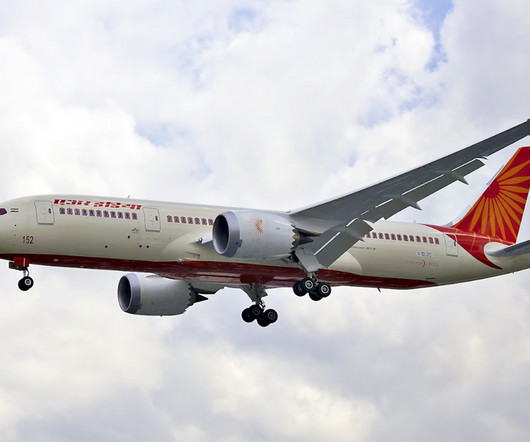Mach Number Explained: What It Is and Why Pilots Use It
Pilot Institute
JULY 11, 2025
Why do jet pilots talk about speed in terms of Mach number? Jet aircraft often fly at speeds close to the speed of sound. For most aircraft with highly cambered wings or thick profiles, airflow accelerates over the top of the wing. Early jet pilots found this out while exploring high-speed jet flight. Here’s why.












Let's personalize your content